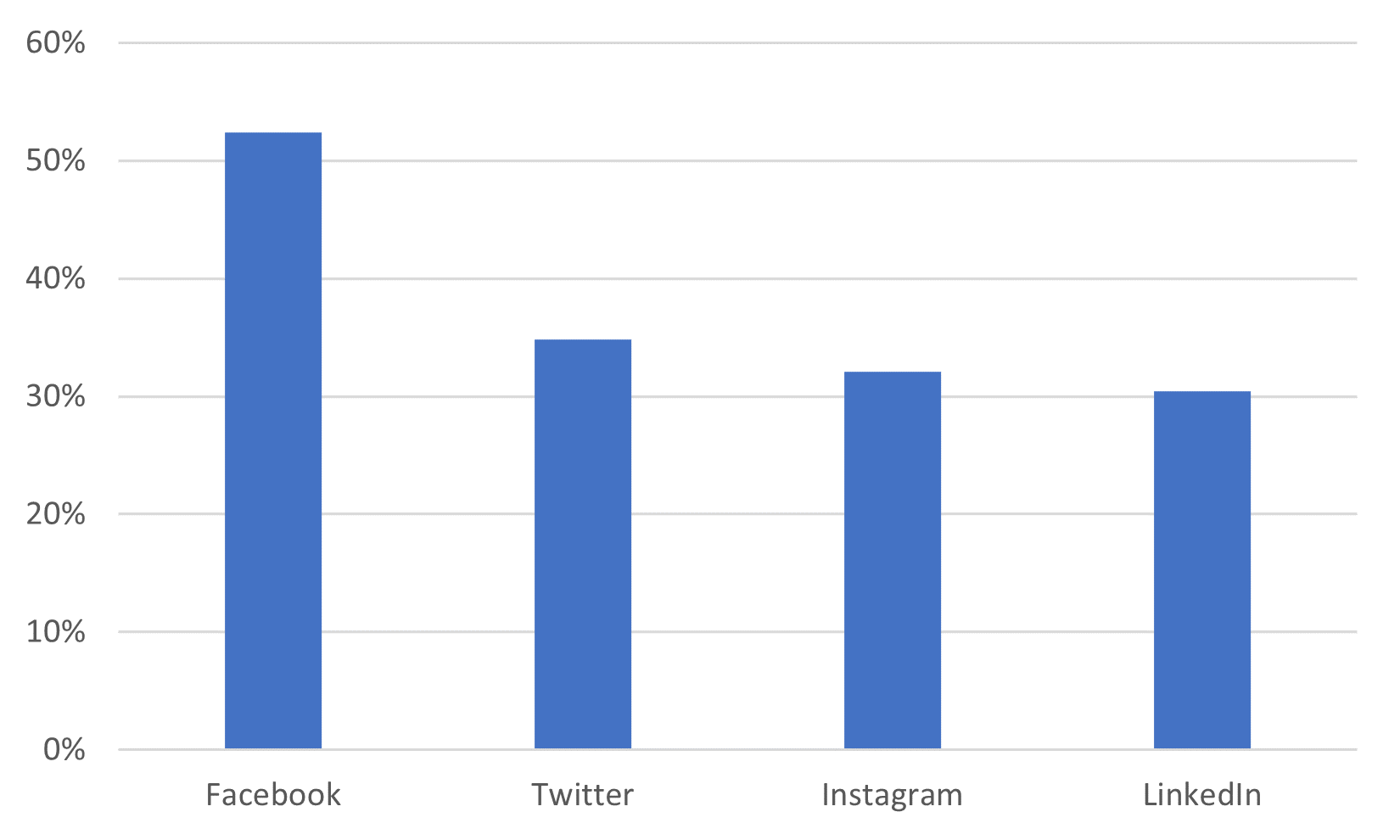The most trusted sources of AV/security test results are shown in order above. Please note that with this question, respondents were presented with an empty text box in which to write their answers. This aimed to elicit the sources that participants actually mainly use, rather than suggesting ones that they might use.
Responses as to the main sources for anti-virus and security test results reveals a varied landscape of preferences and trust, with a notable emphasis on certain key players in the industry. AV-Comparatives stands out prominently, being mentioned in 84% of the cases, suggesting a high level of credibility and trustworthiness as seen by users. We hope that our high rating recognises our independence from vendor influence, the comprehensive and carefully prepared methodology of our tests, the meaningful number of samples, transparency, and freely available test reports, which describe the tests in detail. Our willingness to allow other publications to cite our results (subject to proper attribution) also increases our visibility.
AV-Test is the second most popular source, used by 53% of respondents. The fact that a majority uses both AV-Comparatives and AV-Test indicates a user preference for established testing labs with over 20 years of experience in the field of AV testing.
International magazines, both online and printed, such as PCmag, PC World, Heise c’t, CHIP, ComputerBILD, Security.nl, TechRadar, Comss.ru, CNET, BleepingComputer, 3Dnews and Consumentenbond among others, are also significant sources, mentioned by 37% of respondents. These publications are valued for their accessible reviews and coverage of various products, suggesting a significant influence on user decisions by these media.
Other notable sources include vendor websites and marketing materials, forums (such as Wilders Security, MalwareTips, Rokop Security, etc.), recommendations from peers, YouTube channels, social media advertisements, other testing labs like SE Labs, MRG-Effitas, AVLab, Virus Bulletin, and MITRE-Engenuity, as well as analyst-firms like Gartner, Forrester and others.
With regard to demographics, IT professionals, experts, and more advanced users typically include testing labs like AV-Comparatives and AV-Test among their go-to sources for credible information. We regard this as an expert endorsement of professional, independent testing agencies.
Conversely, vendor sites are more popular among novice/basic users, who might be more trusting of their marketing claims. Forums and peer recommendations tend to be favoured by younger respondents.
Users under the age of 25 predominantly turn to YouTube channels and social media advertisements for anti-virus/security products, indicating the growing impact of such popular online media on younger audiences’ decision-making. Meanwhile, those aged 25-34 are more inclined to rely on forums and recommendations from friends or other users.
As part of the survey, we asked participants for their feedback on AV information sources. Users appreciate AV-Comparatives’ reports for their clarity, the detailed explanation of methodologies, and the comprehensive and varied testing of multiple product aspects. The availability of these reports free of charge, including PDF versions, is particularly valued. They commend AV-Comparatives for its inclusion of, and balanced approach to false positives, and for not universally awarding all tested products with top or excellence rankings (unlike some other labs in recent years), thus aiding meaningful differentiation among products.
However, users express concern over the potential bias in some testing labs due to the closeness to some AV-industry groups/memberships they are part of or the prevalence of affiliate links in some online magazines/websites showcasing anti-virus rankings. As a well-established source of information AV-Comparatives, noted for its independence, stands apart from these practices.
We have noted suggestions for overall improvement and have an ongoing commitment to presenting users with the most essential data in an easily accessible form, thus helping them better understand how tests are performed and the relevance of the results. We hope readers will appreciate that for reasons of confidentiality and resources, there are limits to the details we can supply to the general public regarding individual tests. Nevertheless, we will do our best to make our testing procedures as comprehensible as possible.






















